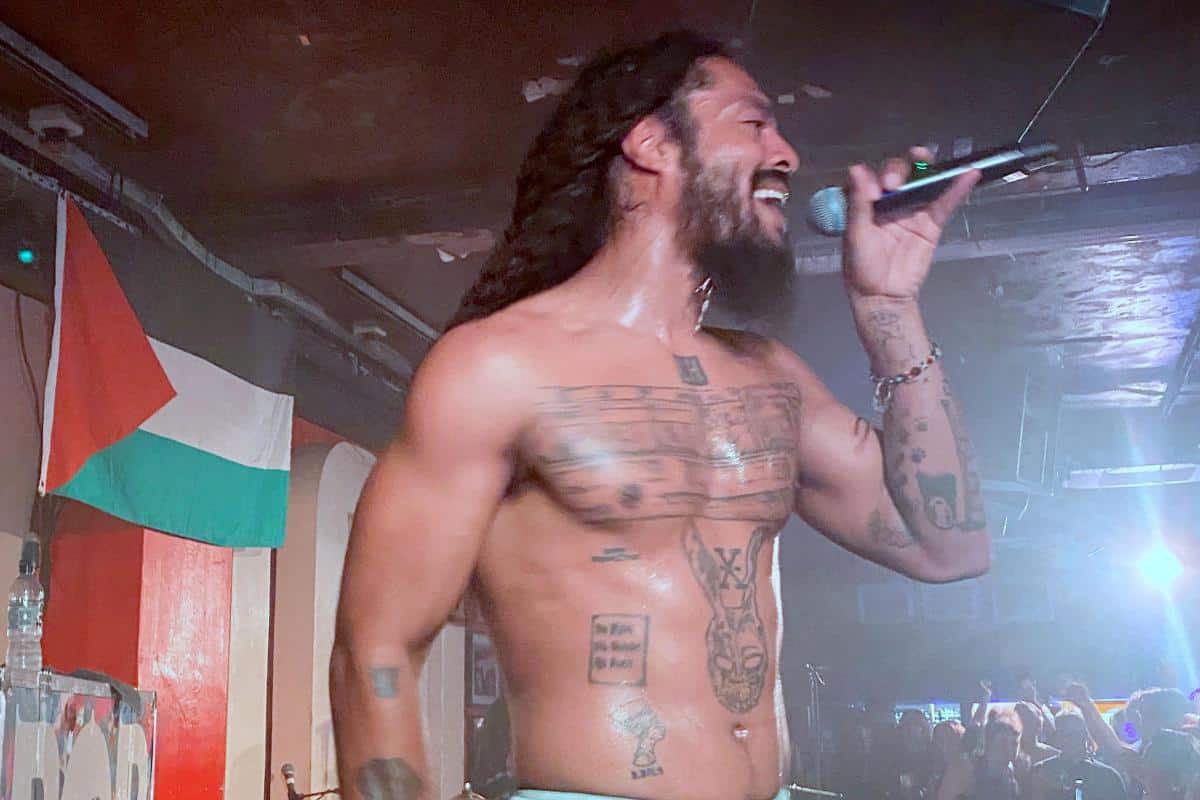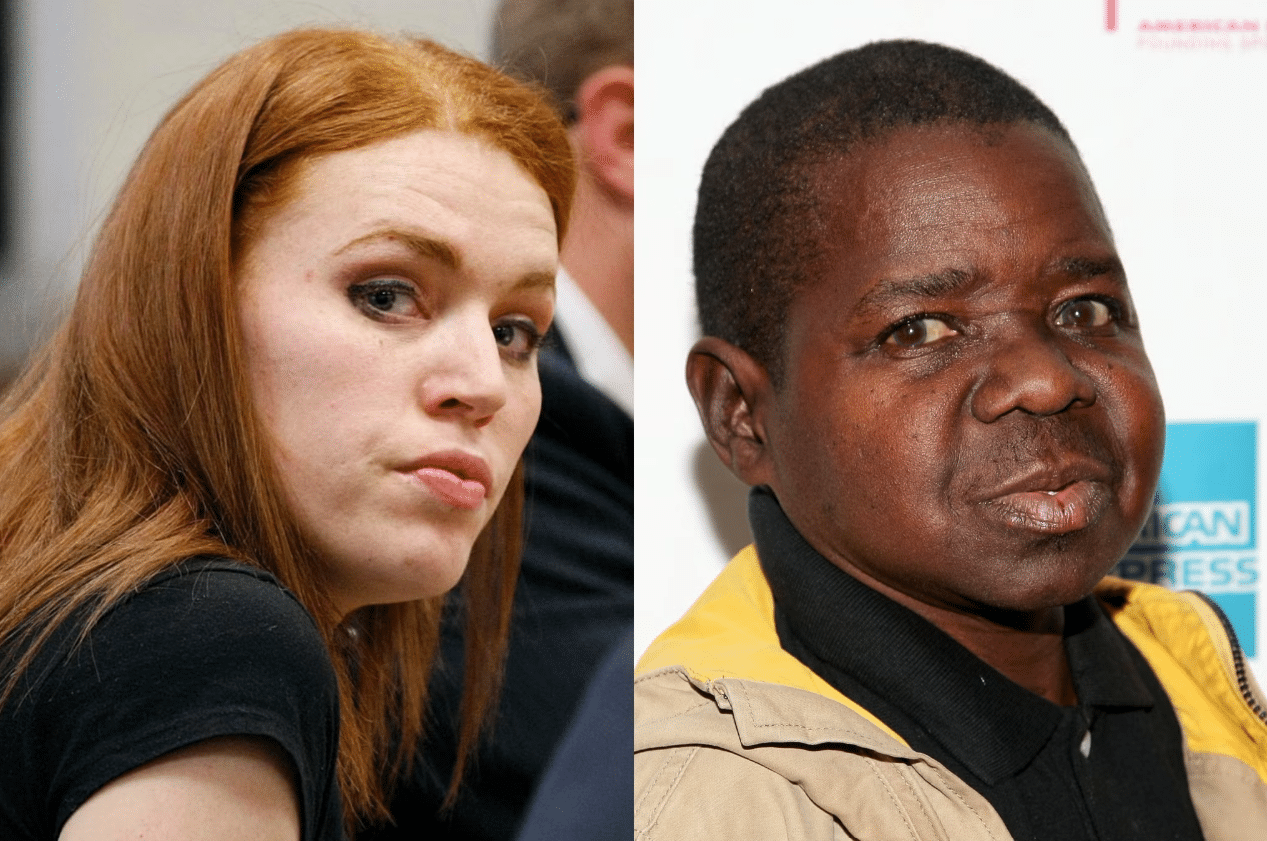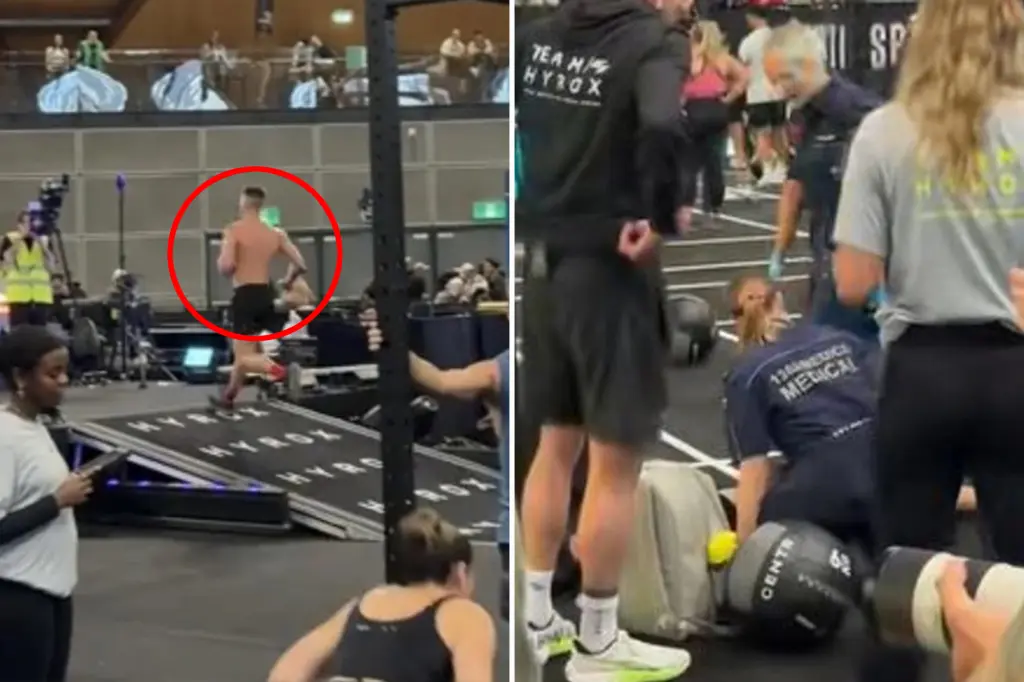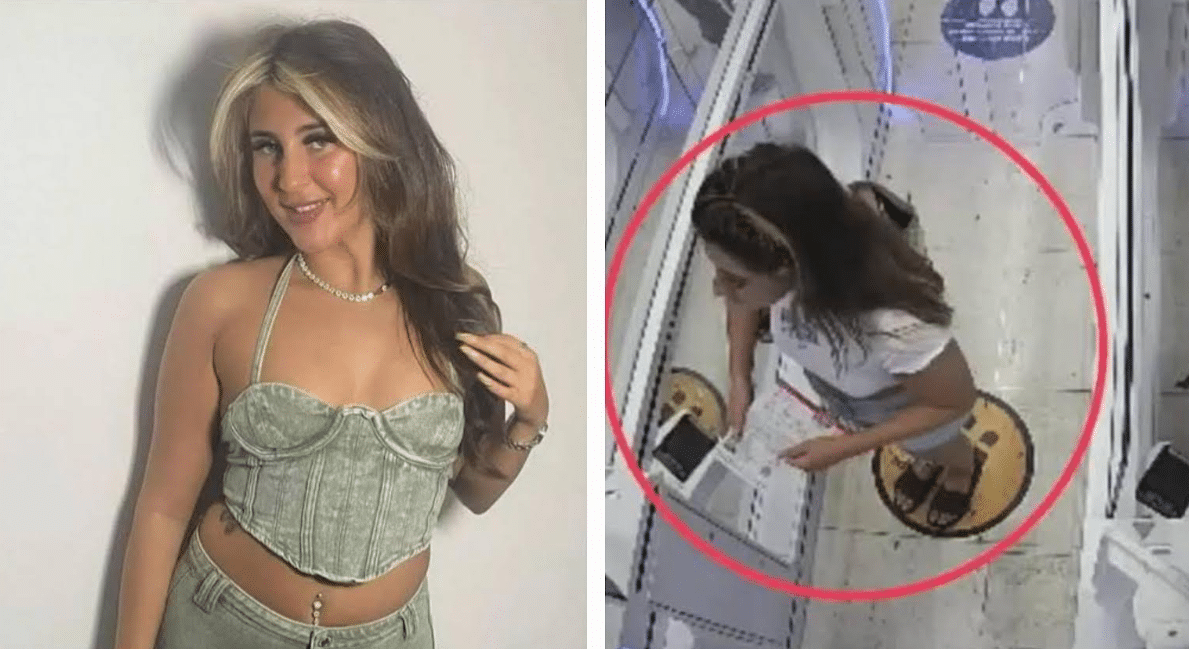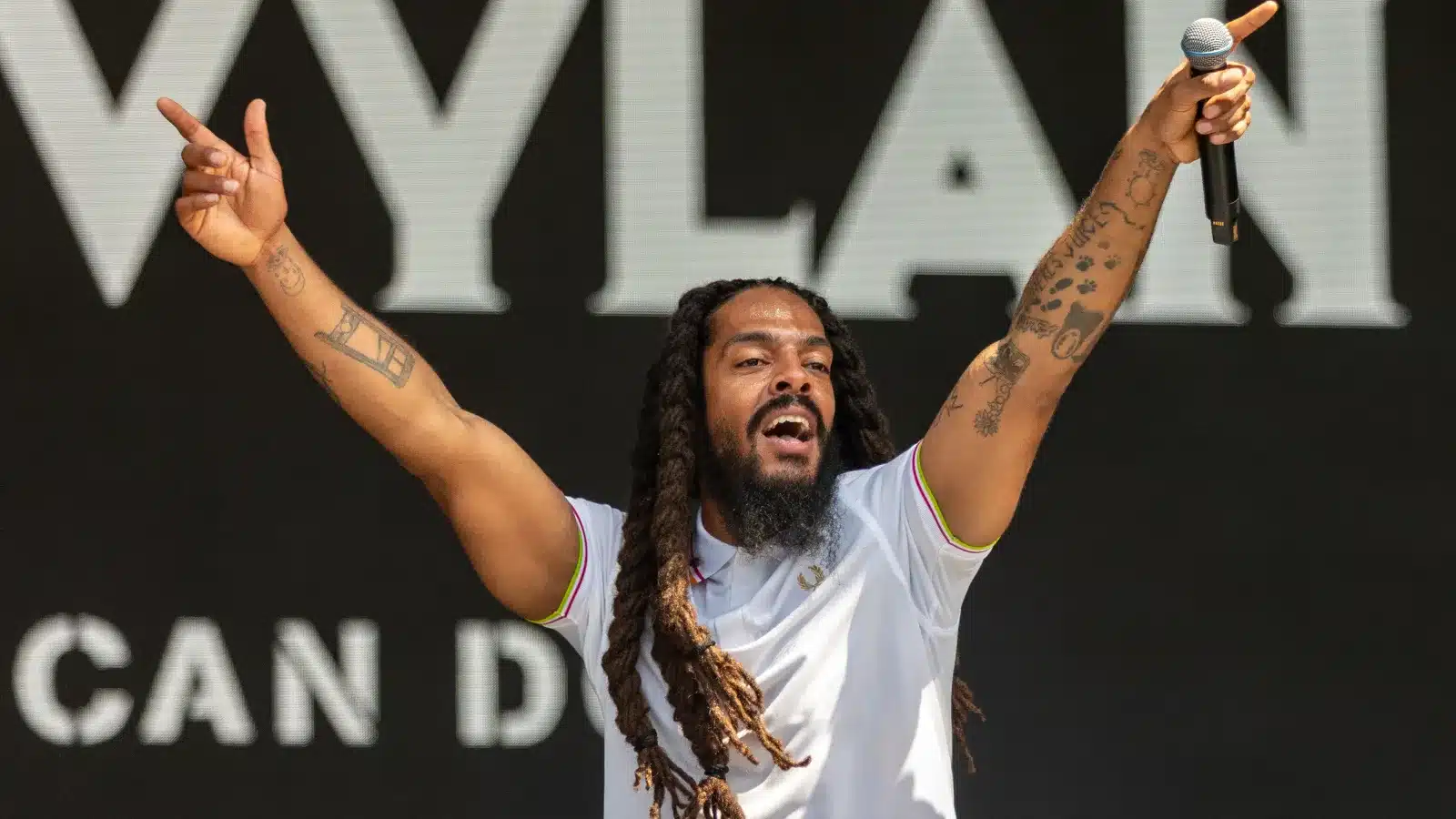Bavaria, a free state nestled in the southeastern region of Germany, is mainly considered the whole of Germany. It is actually synonymous with authentic lederhosen and dirndl dress, beer-flowing 1-liter steins, idyllic mountain views, and vibrant festivals like Oktoberfest.
The divergent elements of the cultural landscape have transformed the state from agrarian to Tech giant. Even the heart of the state, Munich, is a treasure chest of all the precious jewels of Bavarian culture and the world of Lederhosen and Laptops, home of BMW, Addidas, and Puma. Bavaria is a growing cosmopolitan state, with 12% of its population being expats, and Munich has 28.5% of its population migrated from other countries. What keeps everyone tied down to Bavaria, especially Munich, is “IT’S CULTURE.”
Historical Highlights From The Bavaria Traditions
Bavaria has a long and fascinating history, which can be traced back to the Celts and Romans. The region was formally established as a duchy in the 12th century and later became a kingdom in 1806. Throughout its historical development, Bavaria fiercely guarded its cultural identity, resulting in a distinct way of life that continues to thrive today.
This rich heritage is evident in everything from architectural marvels like Neuschwanstein Castle to the traditional folk music that fills the air during festivals. But one of the most predominant marvels of Bavarian history is their “Tracht” mainly leather breeches, a.k.a. Lederhosen. When Bavaria was achieving new status from kingdom to state, the cultural pediments stood there during this period solid as they are today.
All The Pillars Of Bavarian Culture
Like any society, Bavaria stands on the pillar of some culture that diversifies this idyllic land from the rest of the world. This progressive society staunchly believes in Leben und Leben lassen (live and let live) and all the sacred pillars of their cultural heritage.
Heart-Winning Bavarian Culinary Highlight
No cultural experience is complete without the Food. And just like that, Bavaria is big on culinary feasts. Bavaria’s food entries include rich food delights with local herbs and spices.
Käsespätzle
Käsespätzle is the Bavarian version of Mac and cheese. It is often served as a side dish in beer gardens and as the main course in restaurants. It is made with handmade noodles cut into small round shapes, fried onion, and chives. Cheese from one of the 600 varieties produced in the Alpine region of Southern Germany is used in Käsespätzle.
Hendl
Hendl is a Bavarian-style Chicken Roast. It is traditionally seasoned with salt and parsley and doused with melted butter during roasting. It is sold as a whole or half-roast. It is everyone’s favorite at Oktoberfest or any other Bavarian traditional gathering.
All Types Of Sausages
Germany has 1200 different types of sausages, some of which hail from Bavaria and are eaten for breakfast or snacks. German sausages have the right ratio of fats and meat. Some of the Bavarian types are;
- Bratwurst
- Regensburger Wurst
- Weißwürste
- Gelbwurst
Bavarian Brews
Although beer wasn’t first brewed in Bavaria, different beer styles and the trademark Oktoberfest bier(beer) have won laurels for Bavaria. About half of the breweries are located in Bavaria (647 breweries.) Bavaria’s beer culture is so strong that the over 1000-year-old brewery “Bayerische Staatsbrauerei Weihenstephan” is still functional.
There are 4000 brands of beer and 40 different types of beer. Bavarian brews still abide by the oldest food law ruled in 1516, “purity law,” or “Reinheitsgebot,” only using ingredients, i.e
- Water
- Malt
- Hop
- Yeast
Traditional Celebrations And Festivals
Live traditions are an important part of Bavarian life. All the seasons are celebrated with different types of festivals. The Maypole Festival, Oktoberfest, and Spring festivals are important threads in the social fabric of Bavaria. Traditional costume, “tracht,” serves as the regional identity.
Bavarians of all ages still wear traditional outfits, lederhosen for men and dirndl dress for women, to demonstrate their faithfulness to their land. Bavarian traditional festivals are rooted in history and shaped by regional traditions. All these festivals pull hundreds and thousands of spectators. Besides Oktoberfest, Bavaria has around sixteen all-time favorite festivals.
The Giant Oktoberfest
Wiesn (locals call it Oktoberfest) is the biggest folk festival held every year in Theresienwiese, attracting 5-7 million people. The celebration started in 1810 with the wedding of Crown Prince Ludwig of Bavaria (King from 1825) and Therese of Saxony on 12 October. Starting with the horse race, today’s celebration has grown so big that 17 large and 21 small tents were constructed in three months.
Only Bavarian beers are served at this festival and brewed within the Munich area. A highlight of this celebration is the traditional costume parade with one hundred and fifty traditional costume groups on the first Sunday of the Wiesn. It is a splendid display of lederhosen men and German dirndls. Since 2010, the nostalgic “Oide Wiesn” (“Old Wiesn”) with historic rides came into existence to celebrate the 200 years of Oktoberfest.
Maypole Festival
Maypole is a traditional festival held on 1 May every year to celebrate rebirth, fertility, and springtime. The village builds a large fire and dances around it to scare evil spirits and witches. In the starting years, a giant lush tree was used, but only the top green part of the tree was used to symbolize rebirth.
In the concept of the Maypole, the tree symbolizes the masculine part, and the ribbons strung to it translate the feminine. Together, the tree trunk and ribbon unify as a symbol of life.
Lederhosen Face Of Bavarian Culture
Initially worn by working-class men between 16 and 18 centuries in the Alpine regions for their practicality and durability, lederhosen transitioned into a symbol of regional pride. Their prevalence at major Bavarian celebrations blossomed their association with cultural events. Lederhosen reigns supreme at Oktoberfest, the world’s largest beer festival, attracting almost 5-7 million people on each of its iterations. Today, lederhosen isn’t just a cultural symbol; this element of traditionalism has become so huge that they have also started to impress spectators with their extravaganza on the ramps.
This tradition extends to other festivals throughout the year. The Frühlingsfest (Spring Festival), the Auer Dult (fair), and even the Kocherlball (folk dance event) held in the scenic Englischer Garten all see a surge in lederhosen popularity. These garments, once a symbol of practicality, have transformed into a badge of cultural identity, adding a touch of authenticity to Bavaria’s vibrant tapestry of traditions.
Historical Development Of Lederhosen
Similar leather trousers have existed in Europe (like French culottes); the specific style of Lederhosen we know today originated in the Austrian and Bavarian Alps. These shorter, knee-length breeches offered practical advantages for workers and hunters navigating the region’s challenging terrain. The exact origin of the shorter style remains unclear, but the first documented mention comes from 1835, during an Austrian travelogue.
In the 19th century, authentic lederhosen saw a shift in popularity. By 1883, concerns arose about the tradition fading. A teacher named Joseph Vogl founded a club in Bavaria to preserve the garment as a national dress. This concept blossomed, with similar clubs (“Trachtenvereine”) forming across the region.
Bavarian royalty also played a role. King Ludwig II and his successor, King Ludwig III, actively supported Lederhosen’s preservation. King Ludwig II admired the Trachtenverein movement, while King Ludwig III donned Lederhosen during Alpine visits, demonstrating his commitment to the tradition. Notably, even Bavarian nobility embraced Lederhosen when visiting the Alps, not just for preservation but to blend in with the local culture. Today, Lederhosen remains a cherished symbol of Bavarian and Austrian heritage. They are worn by both locals and visitors, particularly during the world-famous Oktoberfest celebrations.
The Modern Variation Of Bavarian Lederhosen
Lederhosen has evolved in many ways, including the designs, and made up with various styles;
- Kurze Lederhosen (Short Lederhosen)
These knee-length breeches are most common during festivals like Oktoberfest, spring festivals, and Maypole festivals, ideal for summery days. They are typically made from deerskin or calfskin and come in various colors, such as brown, black, and green.
- Kniebund Lederhosen (Knee-length Lederhosen)
As the name suggests, these breeches reach just below the knee. They are considered a more formal-to-smart casual option and are sometimes paired with a waistcoat or a jacket for a more sophisticated look. They are also more commonly referred to as Bundhosen.
- Lange Lederhosen (Long Lederhosen)
Reaching down to the ankles, these long breeches are a traditional choice for colder weather or special formal occasions. They are often made from thicker leather and may feature intricate embroidery. Natives wear them with a white shirt, belt, and coat.
Bottom Line!
Bavaria is the largest state by land, second by population, and one of Germany’s most diverse states. Bavarian culture is knitted in rich thread, from its food, beer, and festivals to its traditional attire; all these aspects are the strongest pillars on which the foundations of their heritage lie. Their local tradition is so vibrant that it is celebrated worldwide, and its festivities like Oktoberfest in the USA, Japan, Australia, and even in China.






